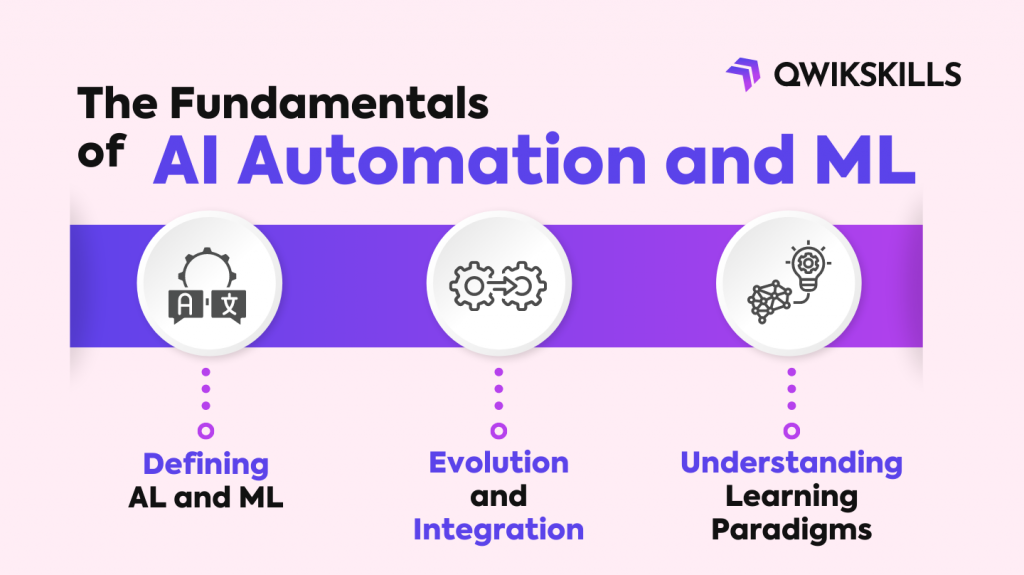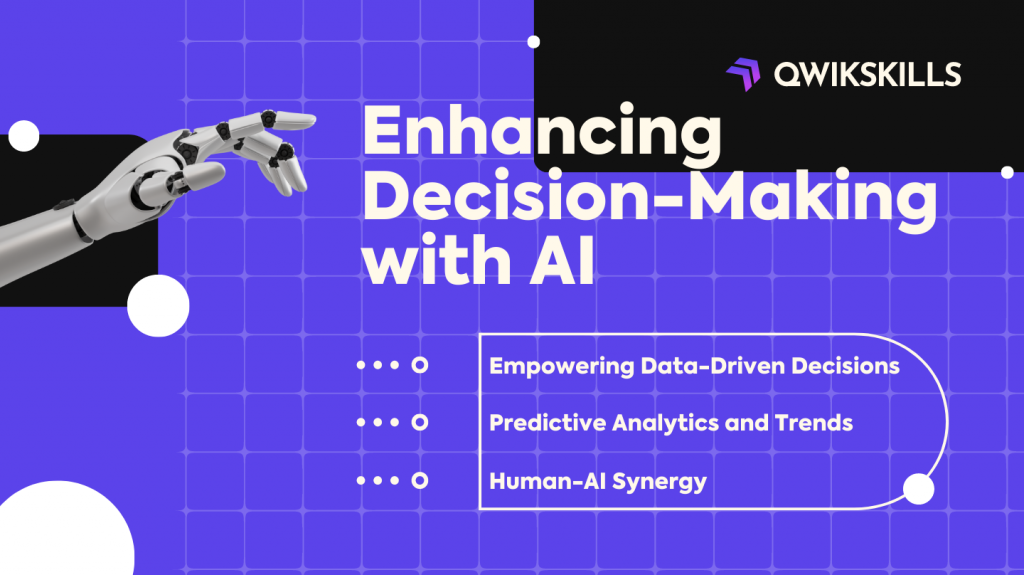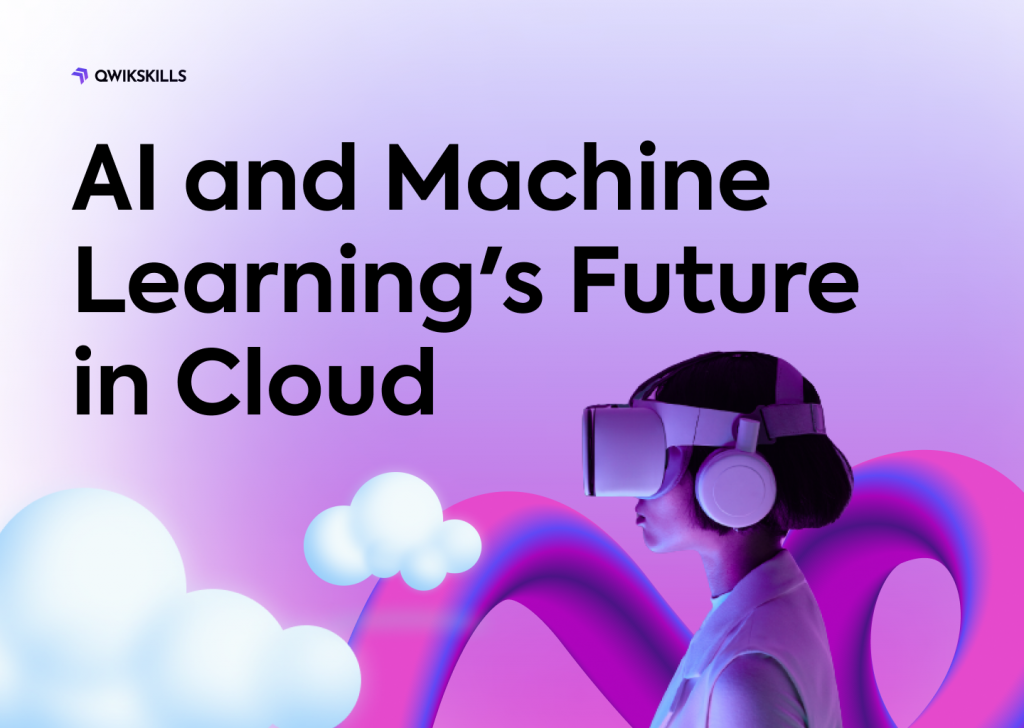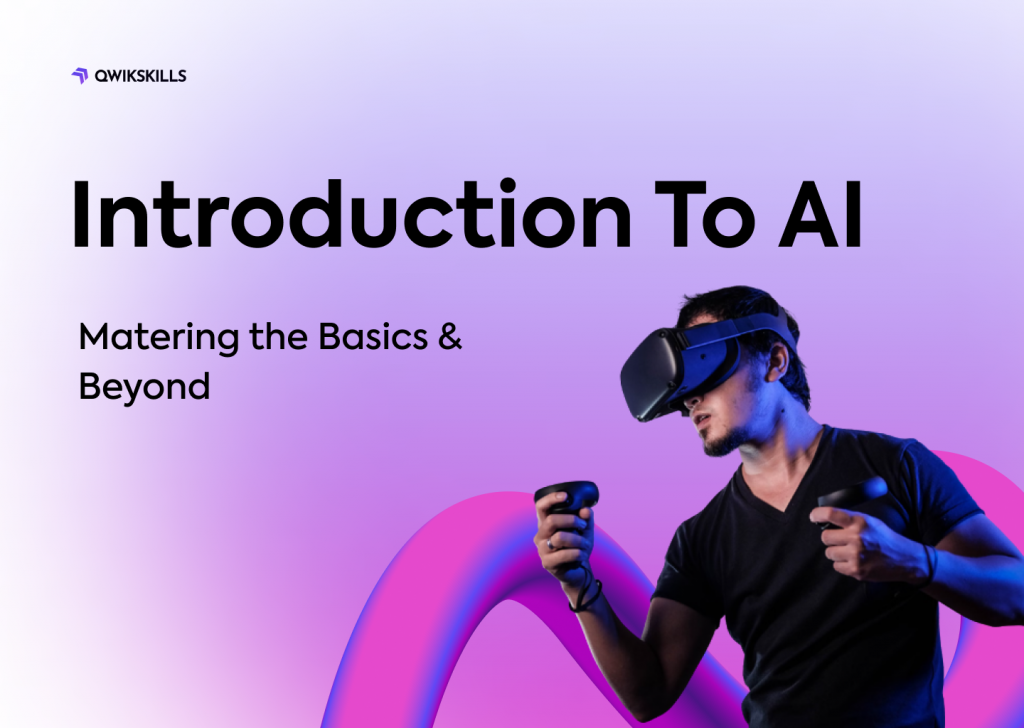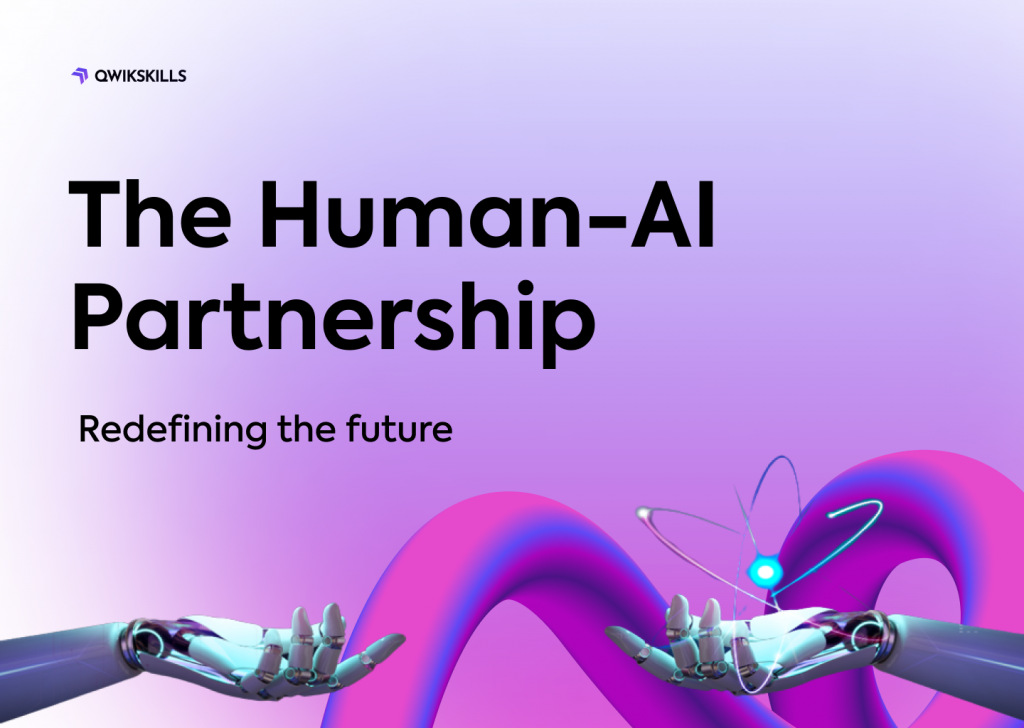In a world where technology is the driving force of innovation, artificial intelligence (AI) and machine learning (ML) have emerged as the vanguards of change. These remarkable technologies are not mere buzzwords; they are reshaping industries, revolutionizing processes, and propelling us into an era of unprecedented possibilities. This article delves into the significance of AI Courses and ML in modern industries, exploring their fundamentals, impact, potential, and ethical considerations. Join me on this journey as we unravel the transformative power of AI and ML.
Introduction
Picture a world where machines can learn, reason, and make decisions, much like humans. This is the realm of AI and ML, where algorithms and data converge to create intelligent systems capable of solving complex problems. In an age marked by information explosion and technological advancement, AI and ML stand as the ultimate bridge between human ingenuity and digital prowess.
The Fundamentals of AI Automation and ML
Defining AI and ML: Artificial Intelligence refers to the simulation of human intelligence in machines, enabling them to perform tasks that typically require human cognitive abilities. Machine Learning, a subset of AI, empowers machines to learn from data and improve their performance over time without being explicitly programmed. These two terms are often intertwined, with ML serving as the practical implementation of AI’s theoretical concepts.
Evolution and Integration: The roots of AI trace back to the mid-20th century, but it’s in recent years that its impact has been profound. ML, powered by advancements in computing and data availability, has undergone rapid evolution. From recommendation systems to autonomous vehicles, AI and ML have penetrated diverse sectors like healthcare, finance, manufacturing, and entertainment.
Understanding Learning Paradigms: Within the realm of ML, three learning paradigms stand out: supervised learning, unsupervised learning, and reinforcement learning. Supervised learning involves training algorithms on labeled data to make predictions. Unsupervised learning focuses on identifying patterns in unlabeled data. Reinforcement learning teaches machines to make a sequence of decisions by rewarding them for desirable actions.
Impact of AI Automation and ML on Industries
Revolutionized Industries: AI and ML have already reshaped several industries. Healthcare benefits from AI-powered diagnostic tools, while finance utilizes predictive analytics for risk assessment. Manufacturing sees increased automation and efficiency gains through ML-driven quality control.
Unleashing Potential: The potential of AI and ML extends far beyond their current applications. Imagine self-adjusting supply chains, personalized medicine, and dynamic content creation. These technologies hold the promise of transforming education, agriculture, and urban planning, among others.
Case Studies of Success: Companies like Amazon and Netflix leverage AI to offer personalized recommendations. Tesla’s self-driving cars exemplify the fusion of AI, ML, and robotics. AI-driven chatbots revolutionize customer service, enhancing user experiences.
NLP and Language Processing in AI
Reshaping Communication: Natural Language Processing (NLP), a subset of AI, empowers machines to understand and interact with human language. It’s behind virtual assistants like Siri and chatbots that streamline customer interactions.
NLP in Industries: NLP is transforming customer service, allowing companies to engage with clients 24/7. Content creation benefits from AI-generated articles, and sentiment analysis aids in understanding customer feedback.
The Rise of Language Models: Language models like GPT-3 have taken NLP to new heights. These models generate human-like text, enabling creative writing, code generation, and even interactive storytelling.
AI Automation and Efficiency Gains
A New Era of Automation: Automation, driven by AI and ML, signifies the dawn of efficiency. Repetitive and labor-intensive tasks are automated, freeing human resources for more value-added activities.
Cross-Industry Streamlining: From chatbots resolving queries to robots assembling products, automation crosses industries. ML’s ability to process vast datasets enables better decision-making and resource allocation.
Dispelling Job Displacement Myths: While automation transforms jobs, it also creates new opportunities. Humans collaborate with machines, focusing on tasks that demand creativity, emotional intelligence, and critical thinking.
Enhancing Decision-Making with AI
Empowering Data-Driven Decisions: AI’s data-crunching prowess offers insights that human analysis might miss. From financial predictions to medical diagnoses, AI enhances decision-making accuracy.
Predictive Analytics and Trends: AI’s predictive capabilities are invaluable. Businesses anticipate market trends, optimize inventory, and tailor strategies based on real-time data.
Human-AI Synergy: The best decisions often stem from the synergy between AI and human expertise. While AI processes data, humans inject context, ethical considerations, and a deep understanding of nuanced situations.
Ethical Considerations in AI Integration
Navigating Ethical Challenges: As AI permeates our lives, ethical concerns emerge. Bias in algorithms, data privacy breaches, and job displacement demand thoughtful solutions.
Mitigating Bias and Ensuring Fairness: Developers strive to make AI algorithms unbiased and fair. Ethical AI frameworks and diverse teams reduce algorithmic discrimination.
Promoting Responsible Usage: Initiatives like explainable AI aim to demystify the decision-making processes of AI systems. Regulations and guidelines foster responsible AI deployment.
Future Trends and Innovations
Tomorrow’s AI Landscape: The AI journey is far from over. Expect AI to become a seamless part of daily life, assisting in ways we can’t yet imagine.
Robotics and IoT Integration: AI-driven robotics and the Internet of Things (IoT) will converge, enabling intelligent automation in smart homes, factories, and cities.
Explainable AI: Transparency gains importance as AI’s inner workings become more complex. Explainable AI ensures that decisions are comprehensible and justifiable.
FAQs
How is artificial intelligence shaping modern businesses? AI is revolutionizing industries by enabling automation, data-driven decisions, and personalized experiences. It streamlines processes and opens doors to innovative applications.
What are some real-world examples of AI-driven automation? Amazon’s warehouse robots, self-driving cars, and chatbots in customer service showcase AI-driven automation’s real-world impact.
How can industries ensure the ethical use of AI and machine learning? Industries must prioritize unbiased algorithms, data privacy, and transparent decision-making. Regulations, diverse teams, and responsible AI frameworks play vital roles.
What role does natural language processing play in AI advancements? Natural language processing enables machines to understand and interact with human language, shaping areas like customer service, content creation, and virtual assistants.
Will AI replace human jobs entirely in the future? It will transform job landscapes, automating routine tasks. However, it will also create new roles that require creativity, empathy, and uniquely human skills.
Conclusion
In the tapestry of technological evolution, AI and ML are the threads that weave innovation into industries. From healthcare to entertainment, manufacturing to finance, their impact is undeniable. As we stand on the cusp of a new era, the synergy between human ingenuity and AI-powered capabilities promises a future brimming with opportunities. Embrace the transformative power of AI and ML – a journey that’s only just begun.
Ready to embrace the AI revolution? Explore Qwikskills for comprehensive courses on AI, ML, and more. Unlock the potential of tomorrow’s technology today and stay ahead in the ever-evolving world of innovation!


